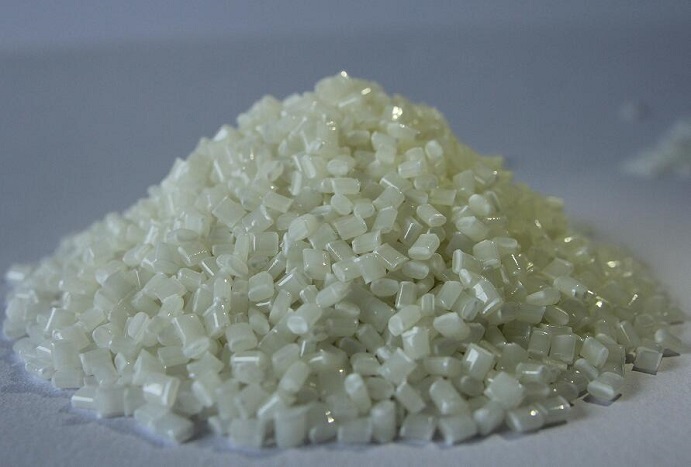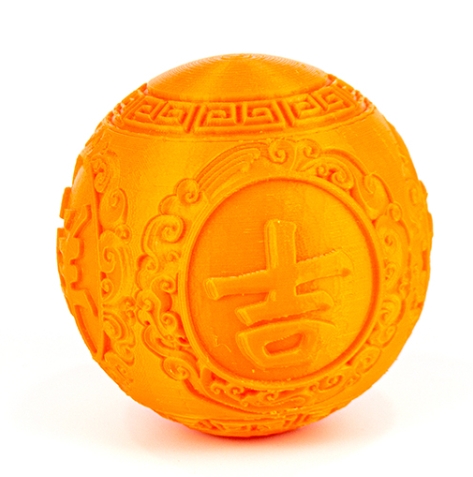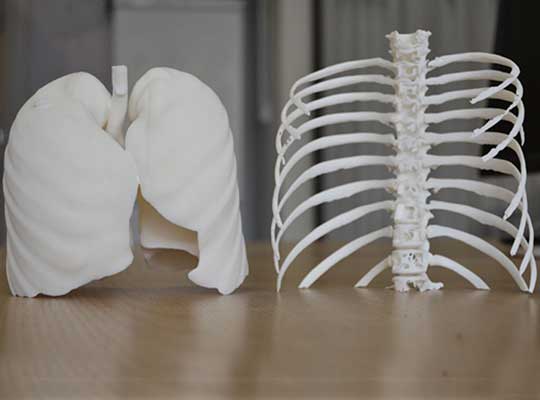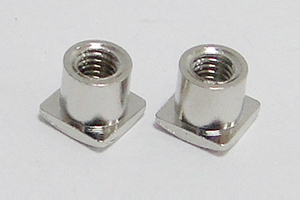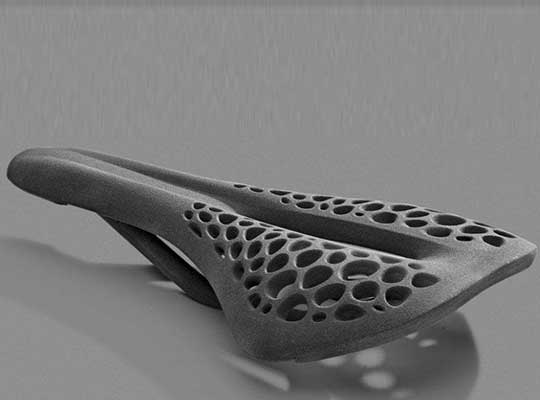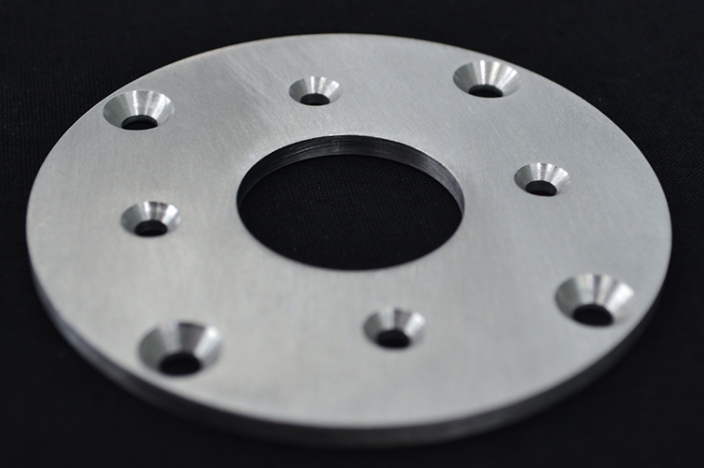When it comes to engineering plastics, few materials offer the same combination of versatility, متانة, and affordability as ABS البلاستيك. Short for Acrylonitrile Butadiene Styrene, ABS has earned its reputation as a “tough, hard, rigid” material that meets the demands of countless industries. From automotive parts to consumer electronics, this thermoplastic polymer plays a crucial role in modern manufacturing. في هذا الدليل, we’ll explore what makes ABS unique, its key properties, عمليات التصنيع, and why it remains a top choice for engineers and designers worldwide.
Understanding ABS Plastic: Composition and Core Properties
ABS plastic is a copolymer blend of three monomers, each contributing unique characteristics to the final material:
- Acrylonitrile: Provides chemical resistance and heat stability
- Butadiene: Adds impact strength and toughness
- Styrene: Offers rigidity, processability, and a smooth surface finish
This combination creates a material with balanced properties that make it suitable for diverse applications. Let’s break down its key attributes:
General Performance Characteristics
ABS stands out for its practical everyday properties:
- Density: تقريبًا 1.05 ز/سم, making it lightweight yet substantial
- Water Absorption: قليل, typically less than 0.2% after 24 hours of immersion
- Bonding Capabilities: Excellent adhesion with other materials, allowing for easy printing, تلوين, and coating
- Color Options: Available in natural (translucent ivory) or pre-colored variants, with excellent color retention
These general properties make ABS easy to work with and adaptable to various production needs.
Mechanical Strength and Durability
One of ABS’s greatest strengths is its impressive mechanical performance:
- مقاومة التأثير: Exceptional, even at low temperatures down to -40°C
- Wear Resistance: ممتاز, supporting use in bearing applications under moderate loads
- الاستقرار الأبعاد: Maintains shape under normal operating conditions
- Oil Resistance: Performs well in contact with petroleum-based fluids
- قوة الشد: Typically 30–50 MPa, providing good structural integrity
These mechanical properties explain why ABS is chosen for parts that need to withstand daily use and occasional impacts, from children’s toys to automotive components.
Thermal Performance Range
ABS offers reliable performance across a practical temperature spectrum:
- Thermal Deformation Temperature: 93–118°C, which can increase by approximately 10°C after annealing
- Continuous Use Temperature Range: -40°C to 100°C
- Low-Temperature Toughness: Maintains some flexibility even at -40°C
- Melting Point: Typically 200–240°C (392–464°F)
While not suitable for high-heat applications like engine compartments, ABS performs reliably in most consumer and industrial environments.
Electrical and Environmental Resistance
ABS provides practical protection and stability in various conditions:
- Electrical Insulation: Good insulation properties that remain consistent across temperature and humidity changes
- المقاومة الكيميائية: Unaffected by water, inorganic salts, القلويات, and many acids
- Chemical Sensitivity: Soluble in ketones, aldehydes, and chlorinated hydrocarbons; susceptible to stress cracking from glacial acetic acid and vegetable oils
- Weather Resistance: Poor UV stability—outdoor exposure for six months can reduce impact strength by 50%
These properties make ABS ideal for indoor applications but require additives or coatings for extended outdoor use.
Advantages and Disadvantages of ABS Plastic
Like any material, ABS has distinct strengths and limitations that engineers must consider during material selection:
Key Advantages of ABS
- مقاومة التأثير: Exceptional toughness that withstands drops and collisions, making it ideal for protective housings
- Strength-to-Weight Ratio: Good structural strength without excessive weight
- Processing Versatility: Compatible with numerous manufacturing methods including injection molding, 3د الطباعة, and machining
- الانتهاء من السطح: Easily achieves smooth, paintable surfaces suitable for consumer-facing products
- فعالية التكلفة: Balances performance and price better than many engineering plastics
- Colorability: Takes colorants well and maintains consistent appearance in finished parts
Main Disadvantages of ABS
- UV Sensitivity: Degrades under prolonged sunlight exposure, requiring UV stabilizers for outdoor use
- Flammability: Classified as combustible with low fire resistance; releases toxic fumes when burned (though flame-retardant grades are available)
- Limited Heat Resistance: Deforms at relatively low temperatures compared to materials like polycarbonate
- Thermal Expansion: Higher coefficient of thermal expansion than metals, making tight tolerances challenging across temperature ranges
Understanding these pros and cons helps designers maximize ABS’s benefits while mitigating its limitations.
Manufacturing Processes for ABS Plastic Parts
ABS’s popularity stems partly from its compatibility with diverse manufacturing methods. The choice of process depends on production volume, part complexity, and cost considerations:
صب الحقن
The most common method for high-volume ABS production:
- الأفضل ل: 10,000+ parts with complex geometries and tight tolerances
- المزايا: High efficiency, excellent repeatability, and minimal post-processing
- التطبيقات النموذجية: Consumer electronics housings, automotive interior components, قطع غيار
- فائدة رئيسية: Ability to produce intricate details and consistent wall thicknesses
تصنيع CNC
Ideal for low-volume production and prototyping:
- الأفضل ل: 1–100 parts requiring precise dimensions and tight tolerances
- المزايا: No mold costs, quick turnaround, and excellent dimensional accuracy
- التطبيقات النموذجية: Custom enclosures, المكونات الميكانيكية, functional prototypes
- Key Consideration: More material waste compared to molding processes
3د الطباعة
Revolutionizing rapid prototyping with ABS:
- Most Common Technology: نمذجة ترسب تنصهر (FDM)
- الأفضل ل: النماذج الأولية, custom parts, and low-volume production (1-50 قطعة)
- المزايا: Design freedom for complex geometries, no tooling costs
- القيود: Layer lines may require post-processing for smooth finishes
- ABS-Like Alternatives: Available for SLA printers when finer details are needed
Other Manufacturing Methods
Additional processes suitable for specific applications:
- Extrusion: Produces continuous profiles like tubes, rods, and sheets
- Blow Molding: Creates hollow parts such as containers and automotive components
- Thermoforming: Shapes ABS sheets into large parts like trays, panels, and housings
| Manufacturing Method | Volume Range | مهلة | Cost per Part (High Volume) | الأفضل ل |
| صب الحقن | 10,000+ | 4-8 أسابيع (الأدوات) | أدنى | Complex, high-volume parts |
| تصنيع CNC | 1–100 | 1-5 أيام | أعلى | النماذج الأولية, custom parts |
| 3د الطباعة | 1–50 | 1-3 أيام | عالي | Complex prototypes, small parts |
| Extrusion | 100+ | 1–2 weeks | قليل | Sheets, tubes, profiles |
| Thermoforming | 100–10,000 | 2-4 أسابيع | معتدل | Large, shallow parts |
Major Applications of ABS Plastic Across Industries
ABS’s balanced properties make it indispensable across numerous sectors. Here’s where it’s most commonly used:
صناعة السيارات
A major consumer of ABS plastic:
- Interior Components: Dashboards, instrument panels, door trim, steering wheel covers
- Exterior Parts: Grilles, mirror housings, bumper components, and ventilation systems
- Functional Parts: Acoustic panels, door locks, and cable housings
- ميزة: Withstands cabin temperatures while providing impact resistance and aesthetic appeal
إلكترونيات المستهلك
Dominates in device enclosures and components:
- Computing: Laptop and desktop housings, keyboard frames, mouse bodies
- Mobile Devices: حالات الهاتف, tablet covers, and accessory housings
- Home Electronics: TV bezels, عناصر التحكم عن بُعد, audio equipment enclosures
- الخصائص الرئيسية: Electrical insulation, مقاومة التأثير, and clean aesthetics
الأجهزة المنزلية
Found in numerous home devices:
- Kitchen Appliances: Blender bases, coffee maker housings, toaster exteriors
- Cleaning Equipment: Vacuum cleaner bodies, handle grips
- Climate Control: Air conditioner panels, heater housings
- Benefits: Chemical resistance to cleaning agents and durability for daily use
Toys and Recreation
A staple material in play products:
- Children’s Toys: Building blocks, أرقام العمل, doll accessories
- Outdoor Equipment: Helmet shell,skateboard components, bicycle parts
- Model Making: Aircraft wings, scale models, hobby components
- Why ABS?: Safety, متانة, and ability to be molded into intricate shapes
الأجهزة الطبية
Used in non-implantable medical equipment:
- Instrument Housings: Protective casings for medical devices
- Laboratory Equipment: Sample containers, testing apparatus components
- Disposables: Some syringe components and medical tool handles
- Qualities: Chemical resistance, ease of sterilization, والمتانة
ABS vs. Similar Engineering Plastics
How does ABS compare to other common engineering plastics? Here’s a performance comparison:
| ملكية | القيمة المطلقة | Polystyrene (PS) | البولي بروبيلين (ص) | البولي (الكمبيوتر الشخصي) | نايلون (السلطة الفلسطينية) |
| مقاومة التأثير | ممتاز | فقير | جيد | ممتاز | ممتاز |
| مقاومة الحرارة | معتدل (93–118°C) | قليل (60–80°C) | معتدل (100–120°C) | عالي (120–140°C) | عالي (150–200°C) |
| المقاومة الكيميائية | جيد | فقير | ممتاز | معتدل | جيد |
| UV Resistance | فقير | فقير | جيد | معتدل | فقير |
| يكلف | معتدل | أدنى | قليل | عالي | عالي |
| Processability | ممتاز | ممتاز | جيد | جيد | جيد |
| Transparency | Opaque | شفاف | Translucent | شفاف | Opaque |
This comparison shows why ABS remains a top choice—it offers the best balance of impact resistance, processability, and cost for many applications.
Tips for Working with ABS Plastic
To get the best results when designing or manufacturing with ABS, consider these expert recommendations:
Design Considerations
- سمك الجدار: Maintain 1–3mm for optimal strength; avoid sudden thickness changes
- Corners: Use radiused corners (minimum 0.5mm) to reduce stress concentrations
- زوايا مسودة: Include 1–2° draft for molded parts to facilitate easy ejection
- Ribs and Bosses: Reinforce with ribs (height ≤3× wall thickness) لمنع التزييف
Processing Best Practices
- 3د الطباعة: Use heated build plates (100–110°C) and enclosed chambers to prevent warping
- Molding: Maintain melt temperatures between 220–250°C for optimal flow
- Machining: Use sharp tools and moderate feed rates to avoid melting
- ما بعد المعالجة: Easily accepts painting, تصفيح, and bonding with cyanoacrylate adhesives
Mitigating Limitations
- UV Exposure: Add UV stabilizers or apply protective coatings for outdoor use
- Heat Sensitivity: Avoid applications with continuous temperatures above 80°C
- Flammability: Specify flame-retardant grades (UL94 V0) for electrical applications
- الاستقرار الأبعاد: Design with thermal expansion in mind for precision applications
منظور Yigu Technology
في Yigu Technology, we recognize ABS as a foundational material in rapid prototyping and production. Its unique balance of strength, processability, and cost makes it indispensable for bridging prototype and production. We leverage ABS in vacuum molding and CNC machining for functional prototypes that accurately simulate final products. When paired with proper design considerations, ABS consistently delivers reliable performance across our clients’ most demanding applications.
التعليمات
1. Is ABS plastic food-safe?
While general-purpose ABS isn’t certified food-safe, specific food-grade ABS formulations are available. These meet FDA standards for food contact, though they’re less common than food-safe alternatives like PP or HDPE. Always verify certification for food applications.
2. Can ABS plastic be recycled?
نعم, ABS is technically recyclable ( resin identification code #7). لكن, it’s not as widely recycled as PET or PP. Many industrial facilities accept post-industrial ABS scrap, but consumer recycling programs vary by location. Recycled ABS may have slightly reduced mechanical properties.
3. How does ABS hold up in outdoor applications?
Unmodified ABS performs poorly outdoors due to UV degradation. لكن, adding UV stabilizers or applying protective coatings can extend its outdoor lifespan to 1–3 years. For longer outdoor use, consider more UV-resistant materials like PP or PC blended with ABS.
